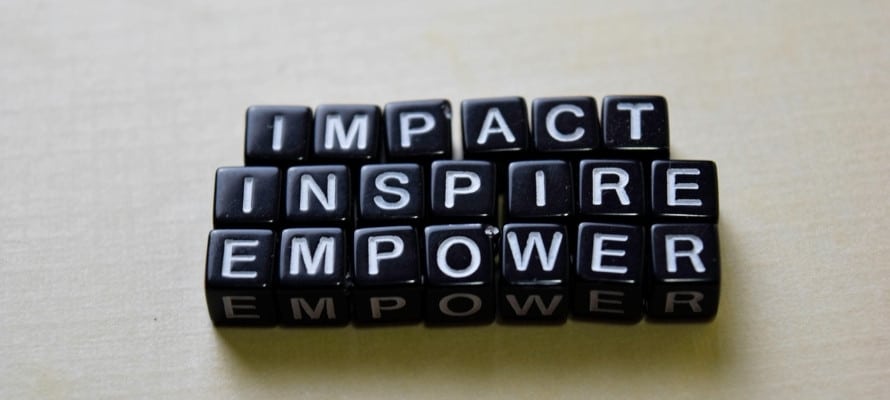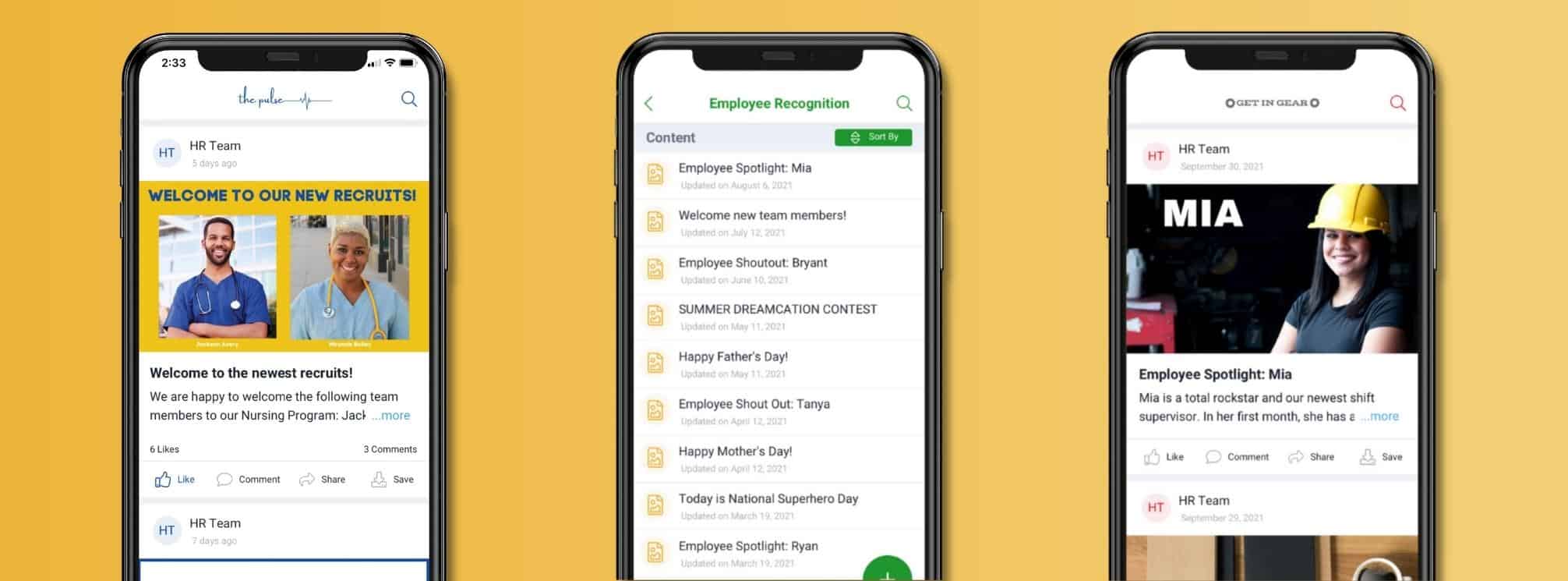
A bad employee experience is why employees quit. One of the leading reasons why people quit is because they have a toxic manager, and that’s because managers have a big impact on your experience with a company. And even a great manager can’t make an employee stay in a bad environment.
The last few years have tested your employees’ resilience and dedication to your business. Your response to the crisis and changing workforce—or lack thereof—has an impact. Employees are reevaluating their priorities, many employees have chosen to quit and move on. But by focusing on improving the employee experience, you can retain your people and still thrive. Do your employees feel recognized for the work they are doing? Is the employee experience suffering as a result of a lack of adequate recognition? Or has that part of your employee engagement program remained static over the past few years?
How you reward employees for a job well done shouldn’t be taken lightly. Employee recognition drives employee engagement, and your staff performs better work when they feel appreciated and valued. But employee morale and engagement have taken a hit.
Gallup has been recording some of the lowest engagement rates in a decade. Gallup defines the “engaged” as those who are highly involved in, excited about, and committed to their work and workplace. But the highest rate of engagement has only been 36% in the survey’s 20-year history. It begs the question, what are we getting wrong about engaging the workforce?
It’s because we aren’t paying enough attention to the whole employee experience. Recognition is hard to get right. And most of the time, we default to an unimaginative and bland shoutout as the basis of our recognition programs.
But is that the best we can come up with?
Does this truly have a positive impact on the overall employee experience?

Reimagining how we recognize our employees is long overdue.
Innovating your recognition efforts is critical and requires you, your team, and executive leadership to find better, more meaningful, ways to engage and recognize teams. We have talked about the increasing number of frontline employees facing burnout and the time for real recognition is here to help reinvigorate those dedicated workers.
The first step in changing how we think about recognition is to build your recognition program on a foundation of authenticity. Finding your authentic voice and approach to employee recognition will be the guiding force behind innovating in this area. Employees know when recognition is forced. They’ve read that generic newsletter “thank you” and the placeholders in a slideshow for that one fleeting moment of glory. Were those genuine? Or was it because it’s always been part of the presentation or newsletter?
One of my favorite resources on the subject of employee appreciation comes from the book “The 5 Languages of Appreciation in the Workplace.” Authors Gary Chapman and Paul White summarize the focus on employee experience and engagement in such a powerful and succinct way:
“When relationships are not nurtured by a sense of appreciation, the results are predictable. Team members will experience a lack of connectedness with others and with the mission of the organization.”
Breaking out of this mold and genuinely recognizing and celebrating your people doesn’t have to be complicated. It can come via a simple, short video that a leader records and shares with their team. Their voice delivers that personal touch and can boost morale, not just for the recipient but also for everyone who sees it.
This kind of campaign is one of the most engaged with across all of our clients. During the pandemic, hearing from your CEO or COO, who is in their home, or behind a mask on the shop floor, shows their care for the employees and the work they are doing.

You need to give employees meaningful recognition to improve their experience at your company. That’s why the most successful employee recognition programs include:
[optin-monster slug=”ds21o0v85pu0zl40rehw” followrules=”true”]
Taking a new approach to employee recognition will require rolling up your sleeves and searching for the meaning of employee engagement at your company.
The work that your teams have put in over the last few years should be the motivation you need to make sure your recognition program truly delivers. And this comes down to a strong partnership between HR, Internal Communications, leadership, frontline managers, and even employees. Everyone is responsible for the employee experience and workplace culture.